Finally the Tudors & Stuarts 2023 schedule on the CKHH web page and supporting pages are now up, not quite as in previous years but serviceable and hopefully will show you what a great programme of speakers we have for you. The short url for this is https://www.canterbury.ac.uk/tudors-stuarts and we shall look forward to seeing you during the last weekend in April. I’m just sorry this has taken so long.
I’ll feature the History Weekend next week as it has only just arrived, which means this week I want to mention a couple of meetings for different projects, a CKHH event and the CKHH/FCAT online talk by Dr Diane Heath to offer a flavour of some of the things that have happened.
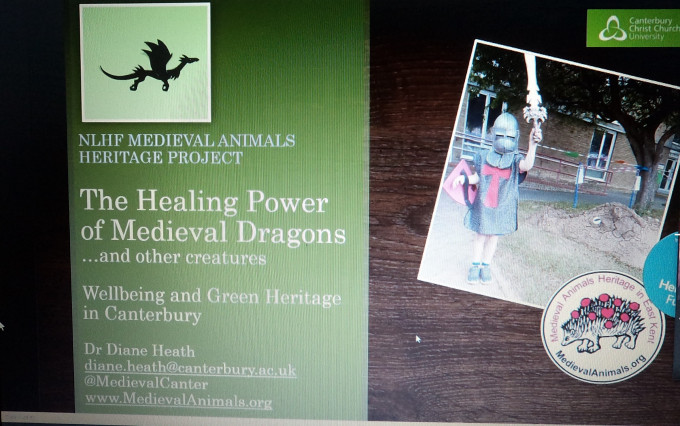
I’ll start with a meeting of the South of England group as part of the Leverhulme-funded Gough Map project. As some of you may remember, Dr Catherine Delano-Smith, one of the project leads, was a speaker at the Medieval Canterbury Weekend last year: https://blogs.canterbury.ac.uk/kenthistory/looking-forward-medieval-canterbury-weekend-and-other-exciting-prospects/ where she said 2023 would be a crucial year as the team moves towards publication of their new study on this iconic map. The specific reason for this meeting was for Dr Alex Kent, until recently a geography lecturer at CCCU, to meet the rest of the South team as well as the project leads. Alex is taking on South Central from Dr Christopher Whittick who has had to withdraw. Consequently, this was a great opportunity to discuss some of the key features in Alex’s counties and to think about how his assessment will dovetail or not with other southern sectors because what is clear is that the Gough Map compilers viewed difference to be more important than sameness when they sought to depict natural as well as man-made features. Furthermore, the discussions also gave us a chance to explore ideas across the whole map and to bring in some of the discoveries the project has made. Unfortunately, I had to leave early to join another online meeting, but it was great to be reminded about these fascinating features and I’ll need to double check a point concerning Kent and Surrey – ‘my counties’, as well as looking forward to working with Alex again, the last event we did being the highly successful Canterbury maps and mapmakers day that Alex, Dr Avril Leach and Cressida Williams organised: https://blogs.canterbury.ac.uk/kenthistory/canterbury-maps-and-mapmakers-plus-other-events/ last March.
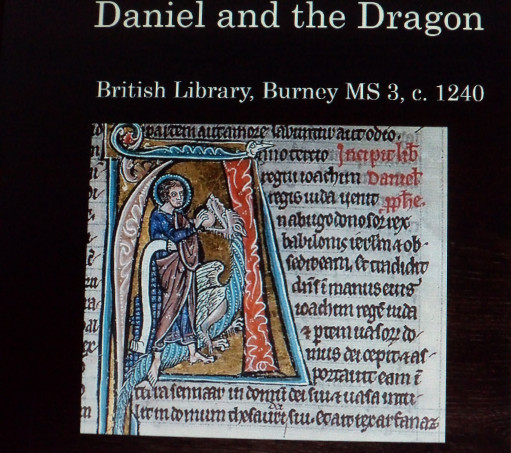
The next meeting was that of the NHLF-funded Medieval Animals Heritage project board and it was great to see another geographer Professor Peter Vujakovic in the virtual room, as well as Dr Sam Vale, Associate Professor at Coventry University, whose photographic work on cherry blossom was featured here in 2021: https://blogs.canterbury.ac.uk/kenthistory/skeletons-animals-and-cherries-as-well-as-the-kent-history-postgraduates/ when he discussed his beautiful film on the same topic. Of course, Dr Claire Bartram was there too, but sadly Helen Wright couldn’t make it this time. Representing the project, Diane was joined by her two new colleagues, Dr Pip Gregory and Martin Crowther now that Penny Bernard has had to withdraw on health grounds.
To provide a context for the discussion, Diane offered a PowerPoint presentation on the different events that have taken place over the last nine months for the SEND children and their families, many of which have featured in the Centre’s blog as well as on the project’s website. These include the architectural competition that led to the construction of the Greyfriars Dragon and its sad demise; medieval animal safaris in parish churches and at Wildwood amongst other places, and a wide range of craft activities at various venues that all drew on medieval animals in some form or another. Then more briefly, Diane went through the list of activities that are planned from January to September with perhaps the highlight being the Rochester Bestiary exhibition, the manuscript returning, albeit briefly, to its ‘home’.
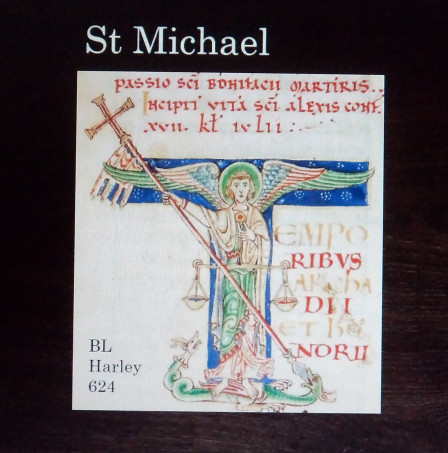
To complement Diane’s summary, Martin took us briefly through the draft version of the interim report for the National Lottery which shows just how important volunteers have been through the hours they have contributed. Martin has also been capturing other data about the impact of the project and more such information will be garnered over the remainder of the project’s duration. All of this shows that the project is roughly on track in terms of money spent, and Diane has started thinking about how to attract additional follow-up funding for this work, something she passionately believes in.
After these reports there was a short discussion and everyone congratulated Diane on the success of the project and expressed the hope that this would continue, the whole project being an entirely worthwhile endeavour.
Unfortunately, we were without Dr Maria Diemling, Diane and Helen for the CKHH event on Thursday because they were all ill. Thus, as one of the CKHH Co-Directors, Claire Bartram opened the session by explaining that we are looking to see if there is an appetite to think about forming a loose community of researchers who are working on different, but allied projects in that they draw on Kent’s past in some way. So this was as much about people meeting people as forming strong links, but on the grounds that you need to start somewhere, this seemed a good attempt. To kickstart proceeding Claire highlighted the diversity of the CKHH’s activities, as well as looking at how we have been and continue to build a social media presence, primarily outside CCCU, but also trying to extend that to create a solid platform inside the university too. Of course, that is through the weekly blog, but more recently Instagram has also become an important tool.
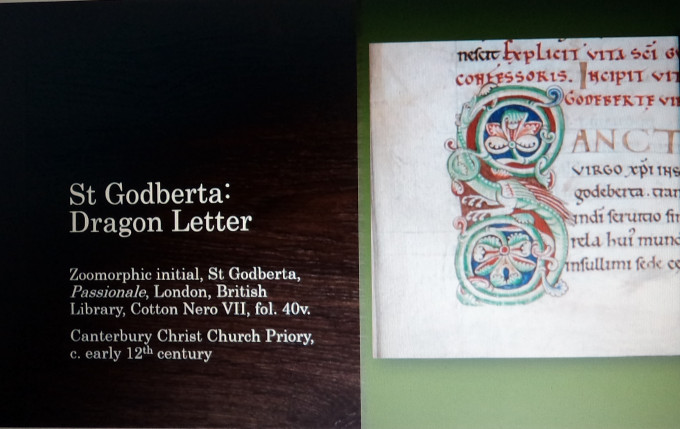
I then chipped in by looking at four of the Centre’s areas: the annual History Weekend, the Kent History Postgraduates, Kent’s Maritime Communities and the Lossenham Project wills group because each offer both distinctive as well as complementary characteristics, highlighting our networks and partnerships with a wide range of external individuals and groups. Then because Diane couldn’t be there, I did the same for her Medieval Animals Heritage and her Green Heritage projects before Claire opened it to the floor, asking everyone to give a summary of their research interests and projects and where they thought they might find common ground within this ‘Kent network’. It was fascinating to hear what has and will take place and as we went round the room, it was clear people were already making their own links. To try to capture this a bit more securely, and before people started to talk to each other more informally, Claire asked people to please fill in the short online form, which will be the start of our community. These discussions then continued over lunch, and it was great to see the way people were sharing ideas and knowledge. If there is anyone at Christ Church who couldn’t make this meeting or who now thinks this is of interest, please email Helen Wright, Claire Bartram or me and we’ll send you the link to the online form.
To my final event this week, Diane’s talk to CKHH/FCAT which I’ll keep short. Diane began by treating us to some great manuscript images about Draco, the dragon constellation of stars that are close to Ursa Minor and the pole star. Coming out of classical scholarship and then incorporated within Christian scholarship, it is feasible that such manuscripts were at St Augustine’s Abbey in the 9th century (BL Harley 647). Even more, dragons were highly visible in the medieval Bible, and in the Vulgate there are 34 dragons according to Diane, albeit almost all are in the Old Testament, the exception being the dragon in the Book of Revelations. Moreover, there is a rather splendid dragon linked to Daniel, although not for the faint-hearted.
Dragons and saints are strongly linked, and while Diane mentioned the well-known saints such as St Michael, St George and St Margaret, there is also St Godberta. Furthermore, dragons found there way into other Canterbury books at religious houses, that is Etymologies, Bestiaries and Herbals. As you would expect, most of these are linked to St Augustine’s Abbey or Christ Church Priory, but there is one in a Bible which was at the Franciscan Friary. Furthermore, dragons were not solely in manuscript illuminations, being found in stone and wood carvings, and in tile designs.
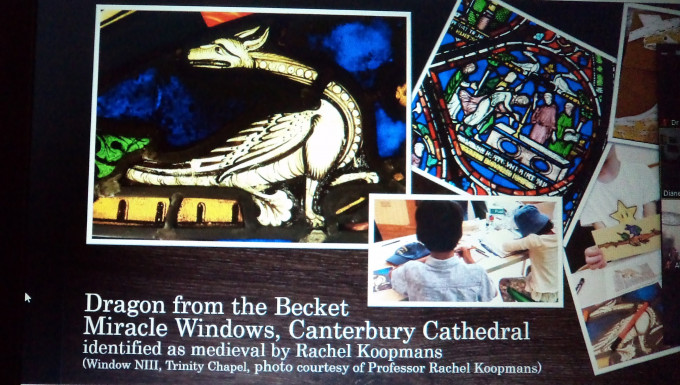
Dragons on medieval floor tiles gave Diane the way in the second half of her talk where she went though the various activities involving dragons that she has used for her SEND children and their families, and for her various Green Dragon (Heritage) initiatives. Many of these have featured over the last year in the blog, but I’ll just mention a couple. The Dungeons and Dragons Club at Barton Court School developed a ‘medieval animals version’ that they wanted to play in a medieval setting. The Master of Eastbridge was happy to facilitate this and the students had a wonderful time visiting the medieval hospital and neighbouring Franciscan Gardens before playing their game – one group in the crypt, the other in the refectory. Secondly, dragons made of rubble, chicken wire, sand, hessian sheeting, clay and straw, possibly covered in a mix of old beer and moss spores will be appearing more widely across Canterbury and east Kent – thereby highlighting the issues of global warming for the dragon is hot!
Hardly surprisingly, Diane’s audience found this all fascinating and her presentation provoked a series of questions and comments, including ‘new’ Canterbury dragons on early medieval coins. Thereby adding metal to her material culture dragons! And next week it will be Janet’s presentation to the Kent History Postgraduates, which will involve wolves, and a preview of April’s Tudors & Stuarts 2023.
 Centre for Kent History and Heritage
Centre for Kent History and Heritage Sheila Sweetinburgh
Sheila Sweetinburgh 1230
1230

